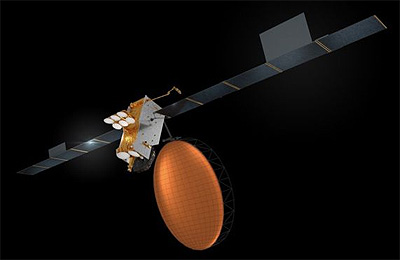Inmarsat I-6 F1 Satellite Begins On-Orbit Testing

Inmarsat-6 F1 Satellite. Photo: Inmarsat
Inmarsat has confirmed that its I-6 F1 satellite has reached Geostationary Orbit (GEO) and begun on-orbit testing. The satellite, the size of a London double-decker bus, with a solar array ‘wingspan’ larger than a Boeing 767, was launched by MHI in Japan in December 2021. The satellite is carrying both L-band and Ka-band payloads, and aims to deliver a further enhancement of Inmarsat’s Elera and Global Xpress networks.
Since its launch, it has been moving towards Geostationary Orbit approximately 36,000 km above the Earth via its all-electric propulsion system. It has now arrived at its test location over the Atlantic and has begun a thorough and extensive testing program before moving and entering service over the Eastern Indian Ocean in early 2023.
“The I-6 satellites will extend Inmarsat’s global leadership in L-band services through Elera to the 2040s, as well as enhance further our Global Xpress Ka-band network capacity in emerging hotspots. Offering greater bandwidth and coverage, supporting greater speeds and a greater portfolio of innovative connectivity, Inmarsat’s I-6s also substantially increase the effective capacity of the Elera network available to our customers. Having double the beams, 50% more spectrum per beam and double the power of the I-4s, the I-6s’ advanced processors match customer demand as and where it is needed in real-time,” Peter Hadinger, Inmarsat CTO, said in a statement.